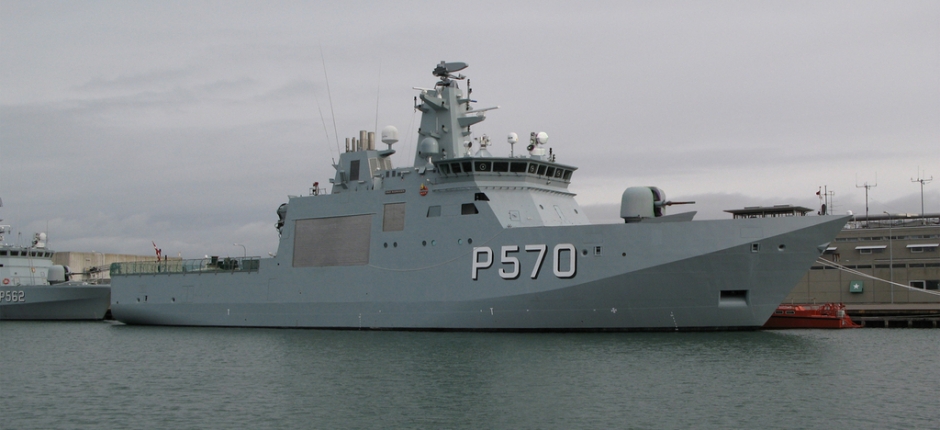Danes approve extra defense spending in Greenland

After closing its naval base at Grønnedal, on Greenland’s west coast in 2014, the Danish military is now prepared to partially reopen the facility as part of its efforts to prepare for an increased role in the region in the coming years.
Established in 1942 by the U.S., and later used by the Danes as the headquarters for its Greenland command, Grønnedal will reopen only as a fuel depot and logistics hub, a majority in the Folketing, the Danish national assembly, decided on Friday.
The base, consisting of about 80 buildings and a deep-water port in southern Greenland, will also be available for exercises and other training activities.
Reopening the base puts an end to years of discussion about what to do with the site. Suka K. Frederiksen, the environment minister, warned, however, that Danish plans to return to Grønnedal should not put an end to efforts to clean up pollution there, including 40 underground oil tanks the military says pose an environmental threat.
The money to reopen Grønnedal will come from an extra 120 million kroner ($17 million) annual funding increase for operations in the Arctic in 2017 and 2018.
The Defense Ministry, with the support of the governments of Greenland and the Faroe Islands, proposed adding the money to its 20 billion kroner budget in a report published earlier this year that identified areas it believed required additional funding if it was to meet its future requirements in the region.
The largest portion of the money will go towards surveillance. After spending 1.5 million kroner (about $213,000) to keep an eye on shipping and environmental hazards this year, the military will spend 36 million kroner (about $5.1 million) in 2017 and 40 million kroner (about $5.7 million) in 2018, primarily on satellite-based surveillance.
“Right now military units are deployed based on our best guess, and not without a clear overview of what’s happening in the Arctic. Our hope is that satellite images will make it more our deployments more effective,” Kasper Høegh-Jensen, a Defense Ministry official, told an audience during a recent Foreign Ministry seminar about satellite technology in the Arctic.
Danish officials admit that the additional funding is unlikely to meet its long-term needs, but hoped that expanded capacity could come through partnerships with the private sector and increased investment in the region.
Among the other initiatives receiving funding: increased staffing at the Arctic Command’s headquarters in Nuuk and aboard naval vessels, establishment of a volunteer civil-defence corps and construction of tactical landing zones.
The additional funding comes after the Folketing in its 2013-2017 defence-spending agreement set aside money to build a warship designed for Arctic operations, as well as to purchase nine Sea Hawk helicopters capable of being deployed to ships patrolling Greenlandic waters.